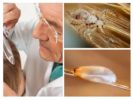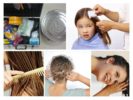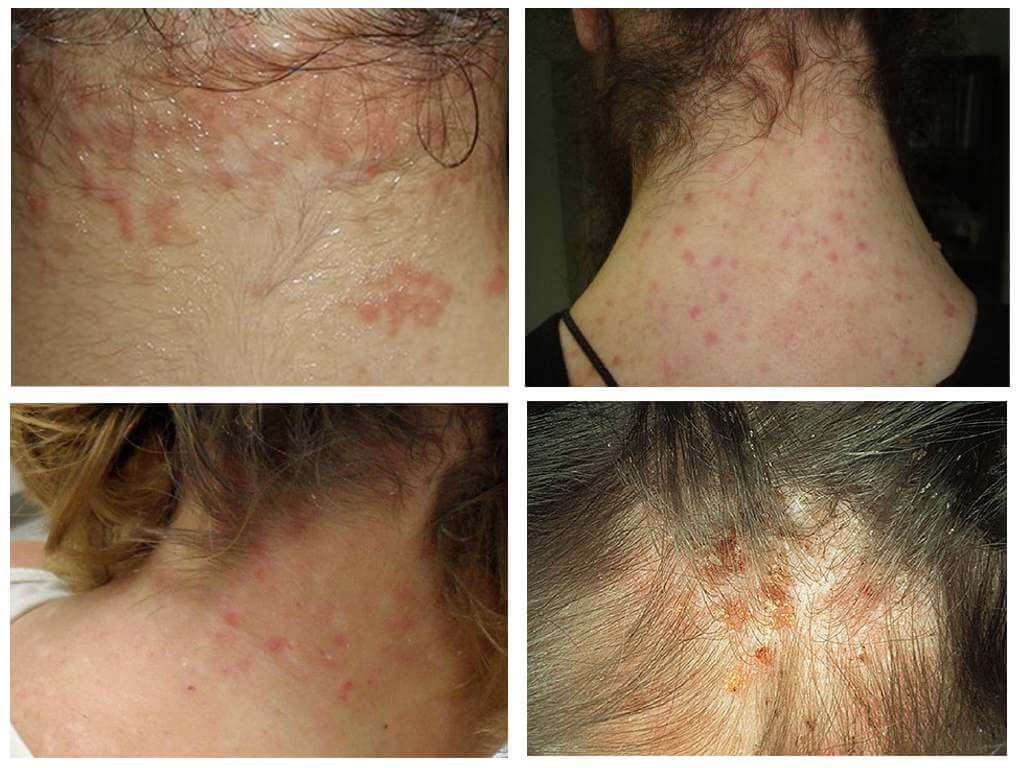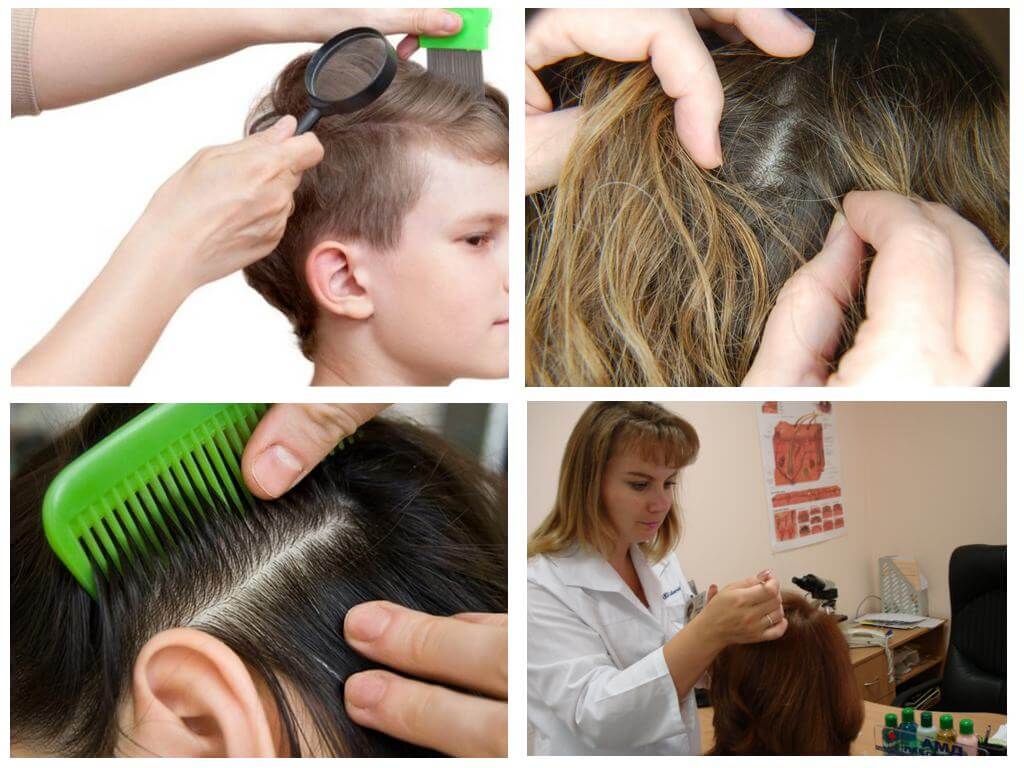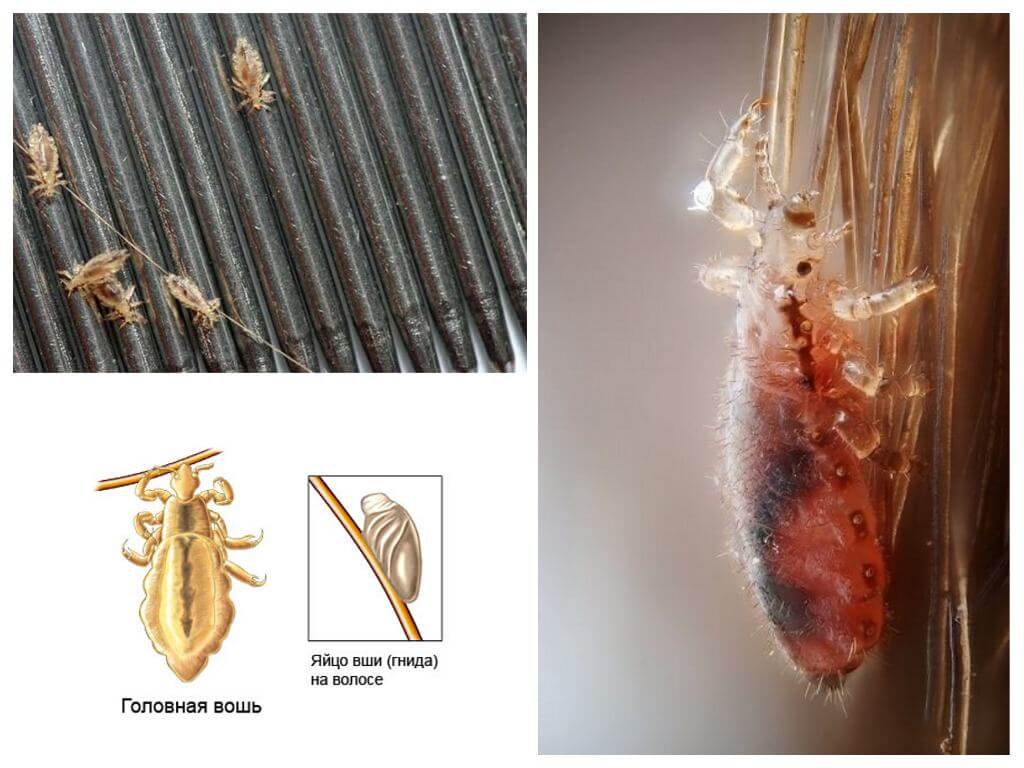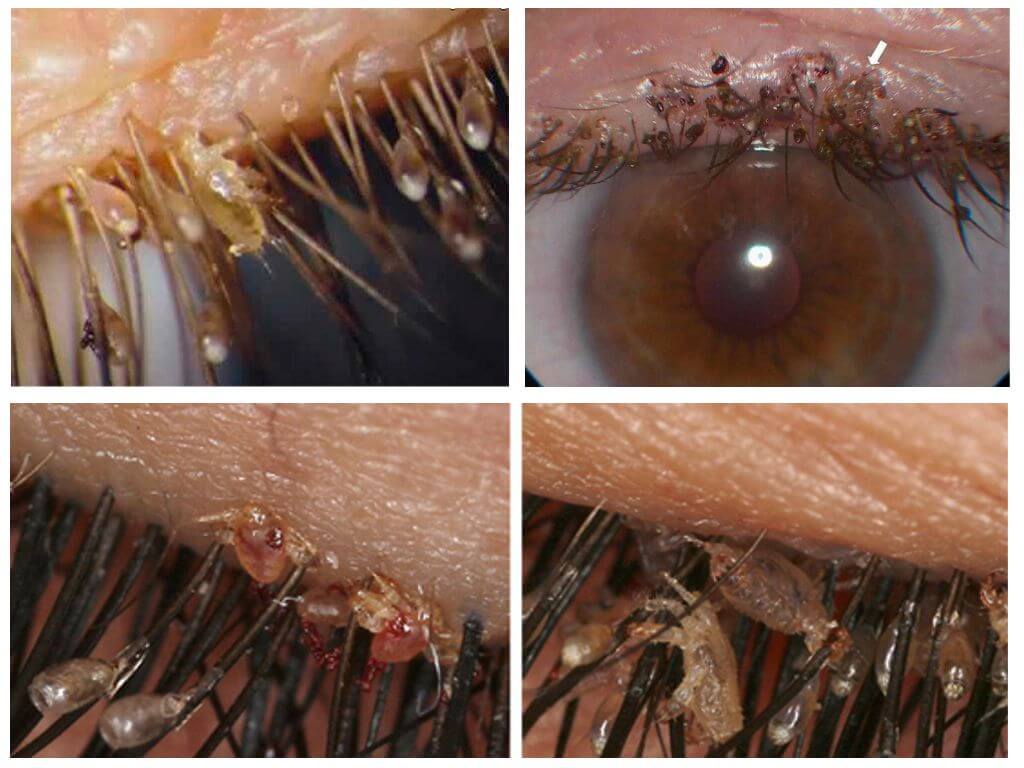- Lice detection
- Anti-pediculosis treatment
Depending on the type of lice, there are head, body and pubic pediculosis. Like all diseases, the disease needs treatment. After all, parasites cause severe discomfort, the appearance of itching, which provokes combing of the affected areas, which in turn leads to infection in the wounds. Mostly, the course of procedures is performed on an outpatient basis, that is, at home. However, there are often situations when lice are found at the initial examination during hospitalization of a person in a hospital. This article will explain how pediculosis is examined in a hospital, who is involved in treatment.
Lice detection
Upon admission for treatment in a hospital, a preliminary examination is carried out for detection lice. This happens at the sanitary inspection room in the clinic. Pediculosis examination in the department is carried out by medical staff. Using a magnifier, a special comb, the nurse should examine the occipital, temporal part of the head. In the case when adult lice and nits were found to be inspected by the patient’s clothing. Things are checked with special care if the body has been identified body lice bites.
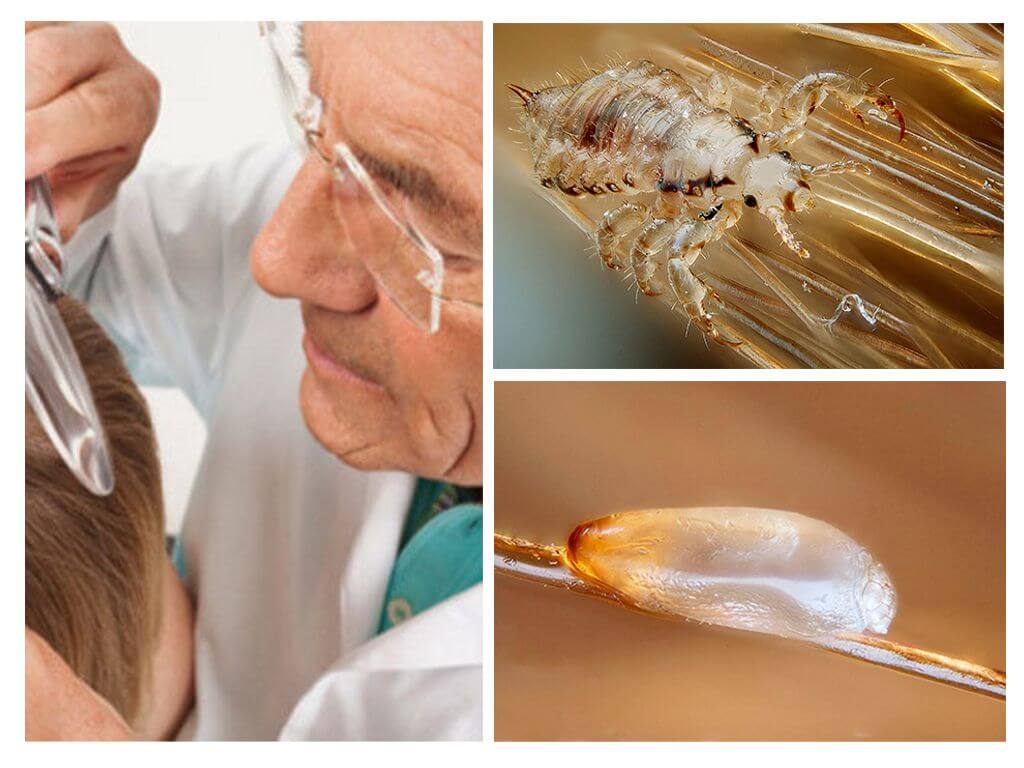
Each recorded case is recorded in the journal, a corresponding mark is made on the patient's card. Depending on the condition of the patient, a treatment plan is developed and first aid is provided.
On a note!
The treatment of pediculosis in the hospital of children whose age has not reached 5 years, pregnant women is discussed directly with the attending physician.
Upon detection head lice at the patient, the medical worker notifies the patient's relatives, and also notifies the pre-school or educational institution if pediculosis was detected in a child. In this case, in classes, groups conduct an unscheduled examination, which should organize the medical staff of the institution.
The patient signs a document in which he gives his consent to the processing in the inpatient unit. Depending on the financial condition of the clinic, the presence or absence of an insurance certificate for the patient lice preparations taken either in the institution's foundation, or purchased independently.
Sanitization
The procedure is performed in a well-ventilated, isolated room. The nurse explains to the patient all the nuances of the upcoming event and prepares the necessary equipment:
- scissors;
- capacity for hair disinfection;
- latex gloves;
- oilcloth drape;
- plastic hat;
- fine pitch comb;
- pediculicidal agent;
- packages
- cotton swabs;
- vinegar 9%;
- alcohol.
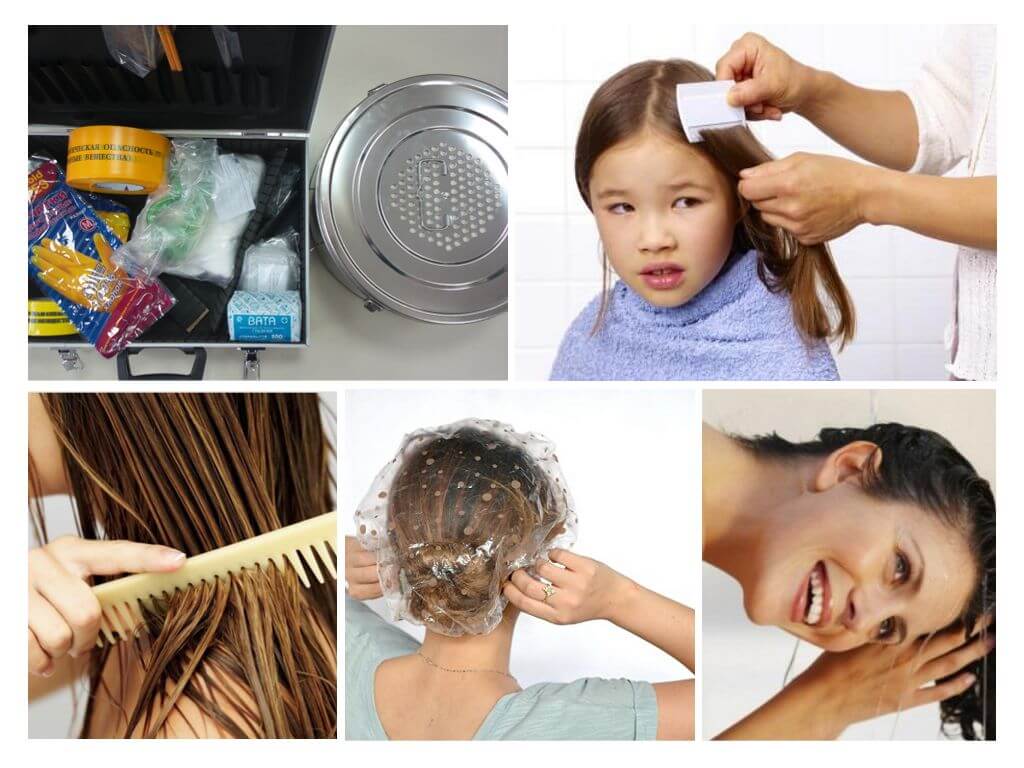
The processing algorithm is as follows:
- The patient is seated on a couch. Around the scalp is tied a knitted tourniquet. An oilcloth drape is placed on the shoulders.
- The person conducting the treatment puts on an extra dressing gown, scarf, rubber gloves.
- Evenly apply an antiparasitic solution on the strands, avoiding the product on the face, mucous membranes. Light massage movements rub the product into the scalp.
- Put on a patient a hat or scarf.
- Withstand exposure from 20 to 40 minutes, depending on the product used and the recommendations specified in the instructions.
- Rinse hair with warm water.
- Rinse vinegar solution.
- Cover light paper and comb out dead insects and nits.
- Check for remaining lice.
Upon completion of the procedure, the patient’s clothes are packed in a bag. In the second package they put on a bathrobe, scarf. Packed items are sent to a disinfection chamber. The paper over which the lice were combed was burned. In the room they carry out disinfecting work. If the patient's condition allows, he is subjected to hygienic procedures.
Re-examination for lice is carried out after 7 days. If necessary, the procedure should be repeated. If the patient is discharged before the indicated time, further examinations are carried out in the clinic. Preliminarily, the patient is given recommendations on pediculosis prevention, which will help prevent the appearance of lice in the future.
The frequency of examination of the patient is determined by the type of lice and the degree of infection, but at least once every ten days.
Activities to remove body lice
Upon detection body lice, larvae, eggs, a set of measures is carried out aimed at the destruction of insects both on the human body and on its things:
- the patient is subjected to a hygienic procedure using a detergent and a washcloth;
- bedding, clothes are boiled in a solution of soda ash or treated with disinfectant solutions of malathion, dust neopine, special attention is paid to folds, seams, pockets, where parasites like to live;
- processed items are ironed on both sides with the hot sole of the iron.
Prevention in an infectious diseases hospital comes down to the timely detection of lice in incoming patients. The infected patient is identified in the isolated ward in which he is located, until it is carried out pediculosis treatment. In cases of massive foci of infection, a quarantine regime is introduced.
